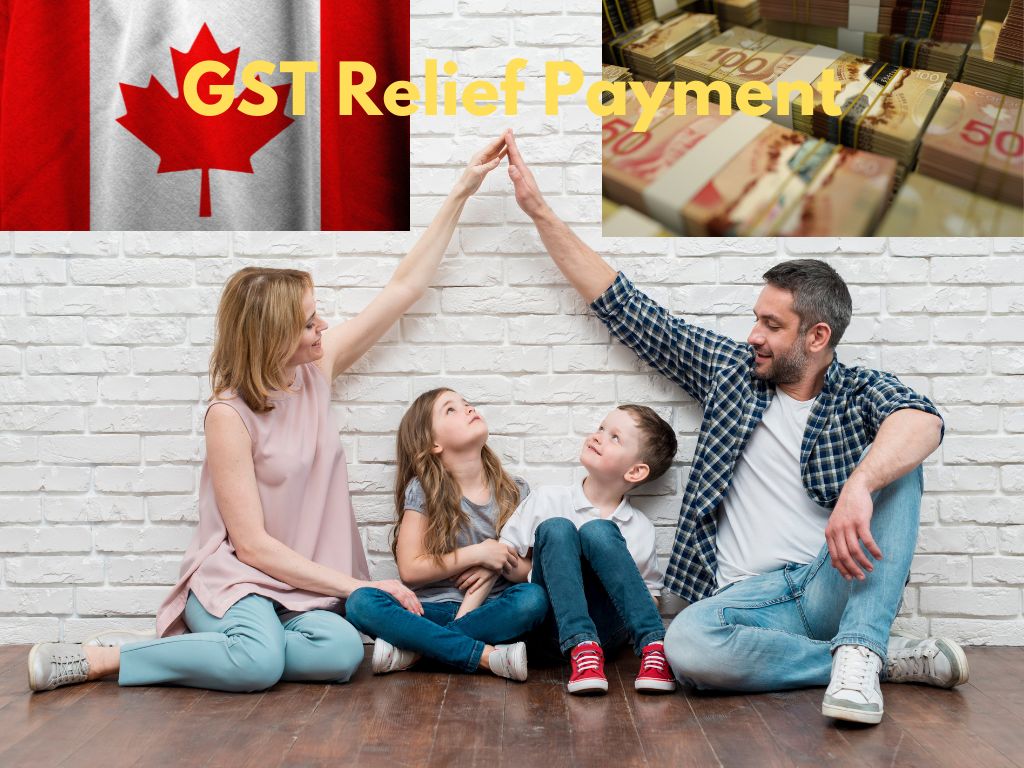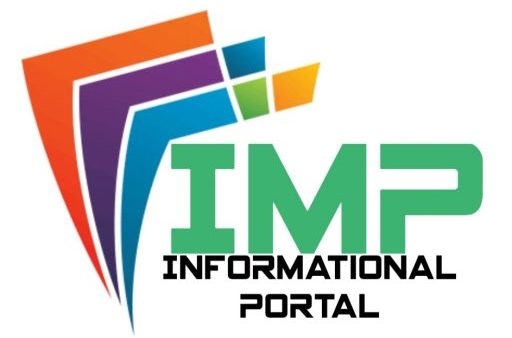Canada GST Relief Payment
The GST relief payment is a direct financial transfer to eligible Canadian individuals and families. It is designed to offset the impact of the Goods and Services Tax (GST) on the cost of living. While the GST is a federal tax applied to most goods and services in Canada, the relief payment aims to reduce the burden on those who may find the tax disproportionately impactful, such as low-income Canadians. The relief is intended to provide some temporary relief from the higher costs of everyday essentials like food, clothing, and household items.
GST Relief Payment Dates 2025

The GST relief payment is typically delivered on a quarterly basis, with payments distributed in January, April, July, and October. The amount received by an eligible individual or family depends on their income level and household size, with larger payments generally going to those with lower incomes.
- January 3, 2025
- April 4, 2025
- July 4, 2025
- October 3, 2025
Who is Eligible for the GST Relief Payment?
Eligibility for the GST relief payment is based on several criteria. Primarily, it targets individuals and families who are considered low- or middle-income earners. To qualify, individuals must meet specific income thresholds set by the Canada Revenue Agency (CRA). The payment is typically provided quarterly, with the amount determined by factors such as income, family size, and marital status.
Eligible recipients are typically Canadians who file their annual tax returns, as the CRA uses the information from tax filings to determine the payment amount. For individuals or families who may not usually file taxes, special provisions are in place to ensure they can still access the benefit.
How is the GST Relief Payment Calculated?
The amount of the relief payment is adjusted annually based on factors such as inflation and changes in the economy. For the most part, however, the payment is designed to provide a predictable and stable source of financial support for those who need it most.
The CRA calculates the payment amount by considering a variety of financial and personal factors, including:
- Annual income: Individuals with lower income receive a larger GST relief payment.
- Family size: Families with children tend to receive more significant support.
- Filing status: The CRA uses the most recent tax return to determine the payment.
It’s important to note that the GST relief payment is non-taxable, meaning recipients do not have to pay tax on the money they receive.
The Impact of the GST Relief Payment
The GST relief payment has had a significant impact on Canadian households, particularly those struggling with the rising cost of living. By providing a financial cushion, this initiative helps families cover essential costs and relieves some of the pressure created by the cost of goods and services taxed under the GST.
For many low- and middle-income Canadians, the relief payment can be a lifeline, particularly during difficult times such as economic recessions or personal financial hardships. The support provided by this program helps ensure that basic needs are met, even in times of economic uncertainty.
How Can Canadians Apply for the GST Relief Payment?
To apply for the GST relief payment, individuals must file their taxes annually. The Canada Revenue Agency uses the information provided in the tax return to assess eligibility and determine the payment amount. For individuals who are not required to file a tax return (such as those with very low income), the CRA has special provisions that allow them to access the benefit by submitting a simple form.
It’s essential to ensure that your tax return is filed on time and accurately so that you can receive the payment promptly.
